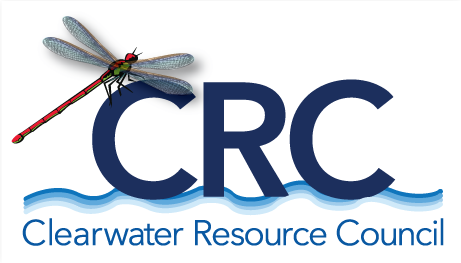Coordinated Forest Management
The Clearwater Resource Council is convening a Coordinated Forest Management Initiative in the Clearwater Valley. The primary purpose of the Initiative is to assist in the coordination by cooperating agencies, companies, landowners and others of vegetative management actions on forest lands in the Clearwater Watershed. The watershed is as delineated in the CRC Landscape Assessment. A secondary purpose of the initiative is to integrate vegetative management with other coordinated management efforts such as the Seeley Lake Fuels Mitigation Task Force, the Seeley Lake Weed Mitigation Task Force, and the Clearwater Watershed Planning Group.
The Initiative seeks to link vegetation management across ownerships and ensure that everyone involved in vegetation management, including state and federal agencies as well as local businesses and community members in the Valley, is invited. CRC’s interest is to provide a forum that will bring people together to discuss vegetation management issues and to help facilitate communication, problem solving, and collaborative planning. The outcome of the Initiative will depend on the interests of the agencies and people involved. The purpose of this Initiative is NOT to tell landowners and land managers what to do with their land. The Seeley Lake Community Foundation will be a partner in this effort.
Need:
The community of Seeley Lake is heavily dependent on the ecosystem services and associated economic benefits produced from its surrounding forests and forest management activities. The sum of these benefits is what makes Seeley Lake the quality living environment that it is, and that provides the foundation for our local economy.
Our forests are owned or managed by a variety of entities. About 44% of the lands in the Valley are privately owned with 9% owned by individuals and approximately 35% owned by Plum Creek Timber Company. Approximately 42% of the lands are managed by the U.S. Forest Service, 8% by Montana DNRC, and 5% by MT FW&P. Two percent is covered by lakes. This ownership pattern has been changing and will continue to change as programs such as the Montana Legacy Project shift ownership within the Valley.
Each landowner/agency has different objectives and/or requirements for how they manage their forest lands. However, management of all forest lands within a watershed is interrelated. What occurs on one parcel will influence other parcels. Understanding the cumulative effects of activities in the Valley is important to determining the total influences on ecosystem services. This understanding would simplify and speed up the environmental reviews required by some agencies for their implementation of various management practices.
At the present, most forest management in the Valley is done independently, with each landowner/agency deciding what to do on lands under their ownership/management. The rights and responsibilities of each landowner/agency to manage their lands must be maintained, and no intent to alter any such rights is suggested by this Initiative.
However, there are many benefits from voluntary coordination of efforts. First, it provides a forum to bring all the stakeholders involved in vegetation management together to discuss issues and share information. Second, it can identify information and assessment gaps and identify ways to assemble those data. Third, it can leverage resources and capacity across landowners/land managers and help them to accomplish things that they might not accomplish alone, such as identifying maintenance of and use of shared roads for neighboring management projects. Fourth, it provides mechanisms to involve the community in vegetation management discussions, to map data in various forms (e.g., projects under way or completed), to report regularly to the community, and to increase community awareness and involvement in forest management activities.
Strategy
The Initiative proposes to engage landowners, agencies, and organizations in coordinated efforts for forest management through an open process that encourages input and cooperation from the community. Together, landowners, agencies, and organizations would conduct coordinated planning, mapping, monitoring, and reporting on forest management, stewardship, and restoration activities. The Clearwater Resource Council and the Seeley Lake Community Foundation will take leadership roles in the Initiative to help organize, facilitate, and administer this coordinated effort.

